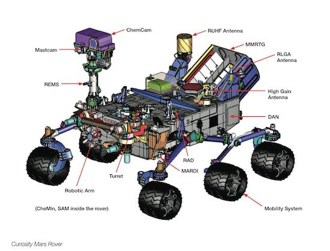Smoking gun – German president of Environmental Protection Agency touts natural gas instead of nuclear
An article in The Guardian titled UK’s faith in nuclear power threatens renewables, says German energy expert is full of evidence of the alliance between natural gas salesmen and the advocates of unreliable sources of energy like wind and solar in an effort to discourage the use of nuclear energy for economic, market-based reasons. Jochen…

